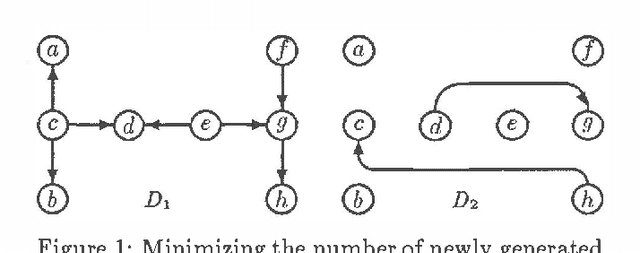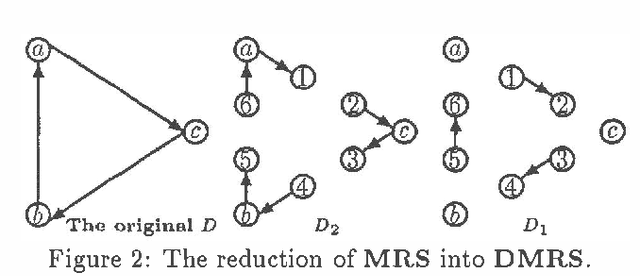Some Complexity Considerations in the Combination of Belief Networks
Paper and Code
Mar 06, 2013

One topic that is likely to attract an increasing amount of attention within the Knowledge-base systems research community is the coordination of information provided by multiple experts. We envision a situation in which several experts independently encode information as belief networks. A potential user must then coordinate the conclusions and recommendations of these networks to derive some sort of consensus. One approach to such a consensus is the fusion of the contributed networks into a single, consensus model prior to the consideration of any case-specific data (specific observations, test results). This approach requires two types of combination procedures, one for probabilities, and one for graphs. Since the combination of probabilities is relatively well understood, the key barriers to this approach lie in the realm of graph theory. This paper provides formal definitions of some of the operations necessary to effect the necessary graphical combinations, and provides complexity analyses of these procedures. The paper's key result is that most of these operations are NP-hard, and its primary message is that the derivation of ?good? consensus networks must be done heuristically.
 Add to Chrome
Add to Chrome Add to Firefox
Add to Firefox Add to Edge
Add to Edge